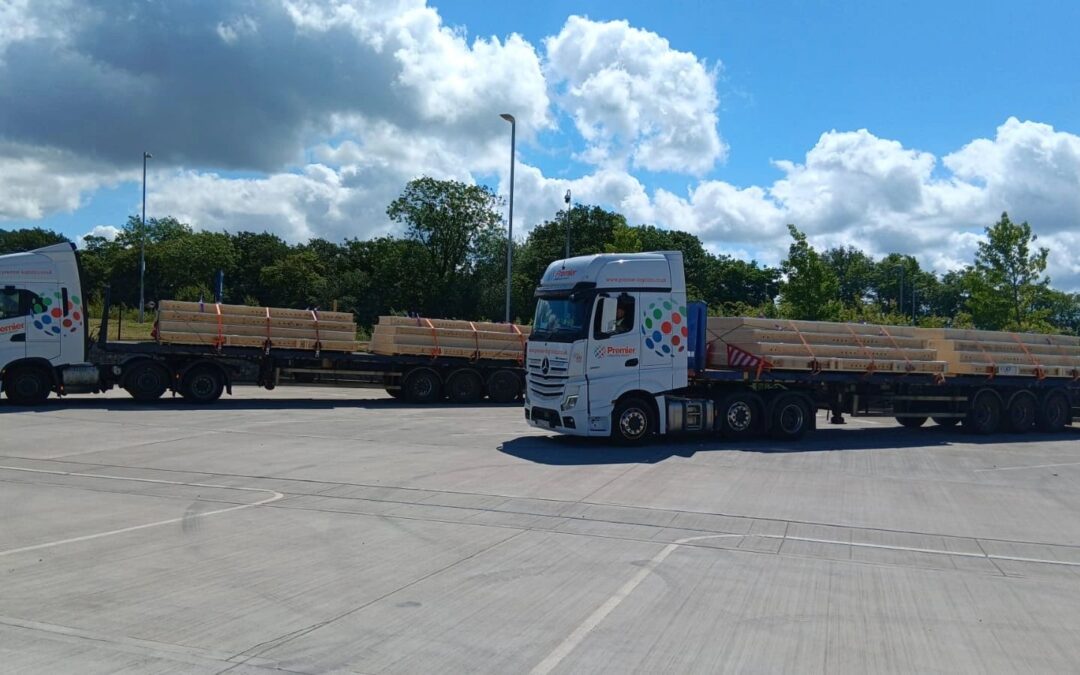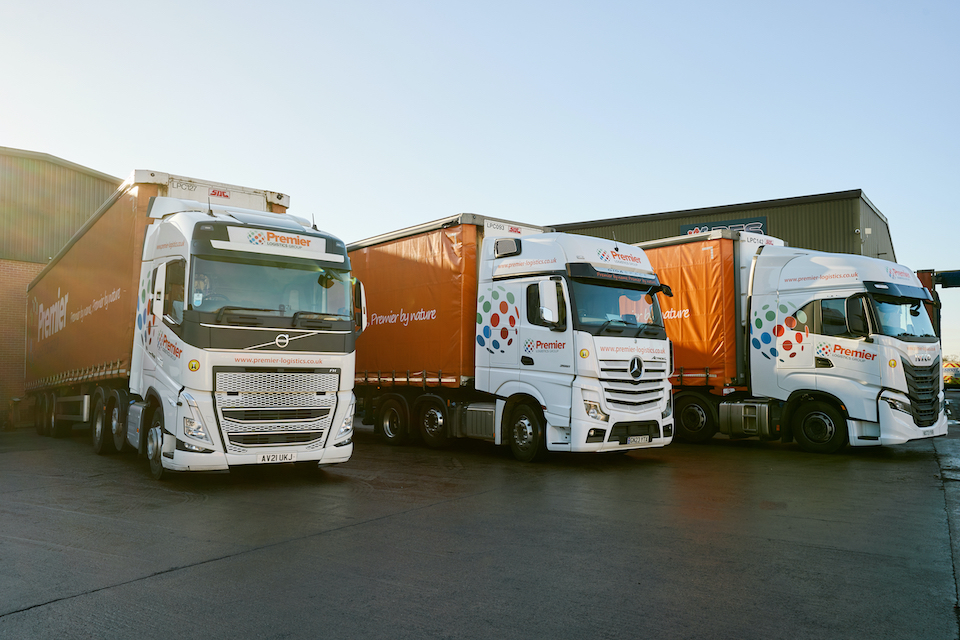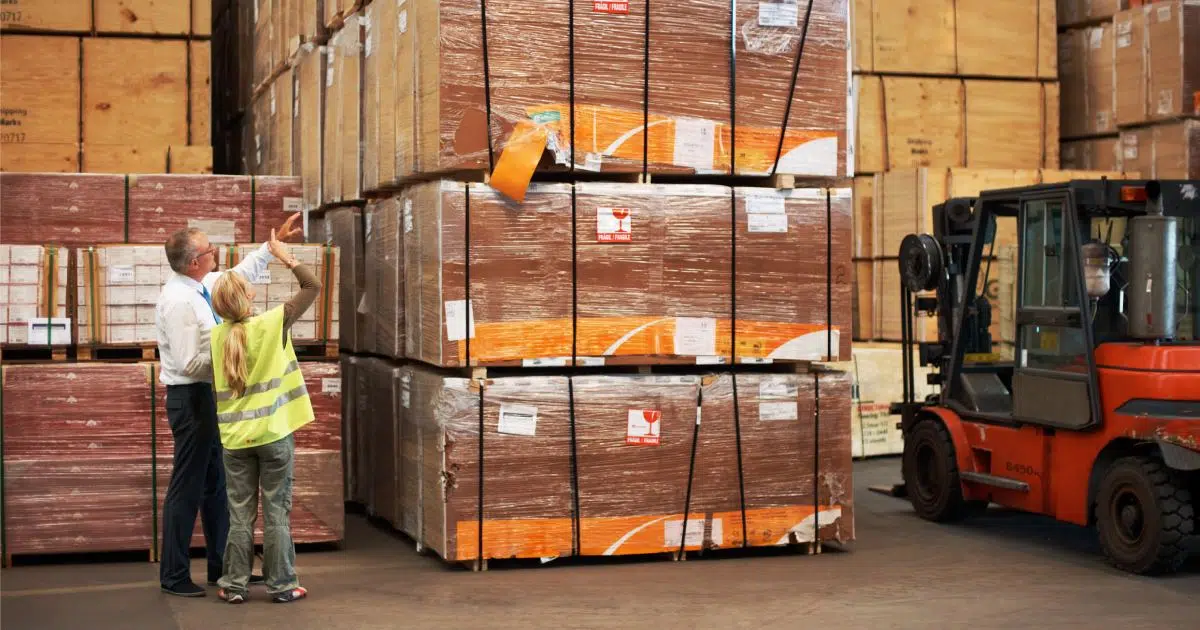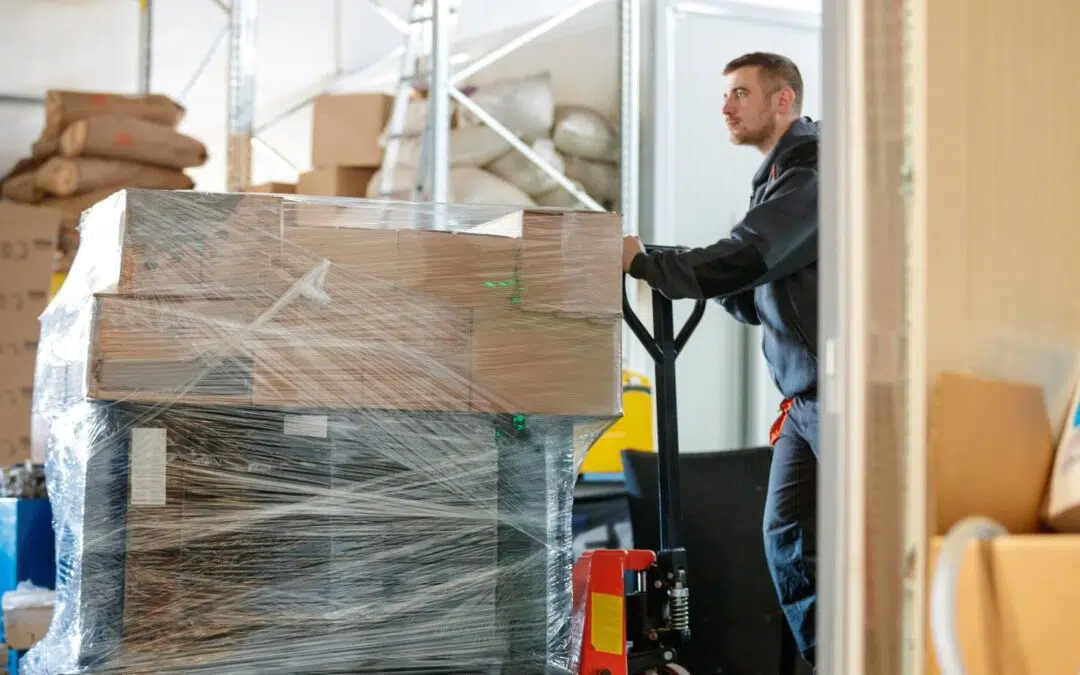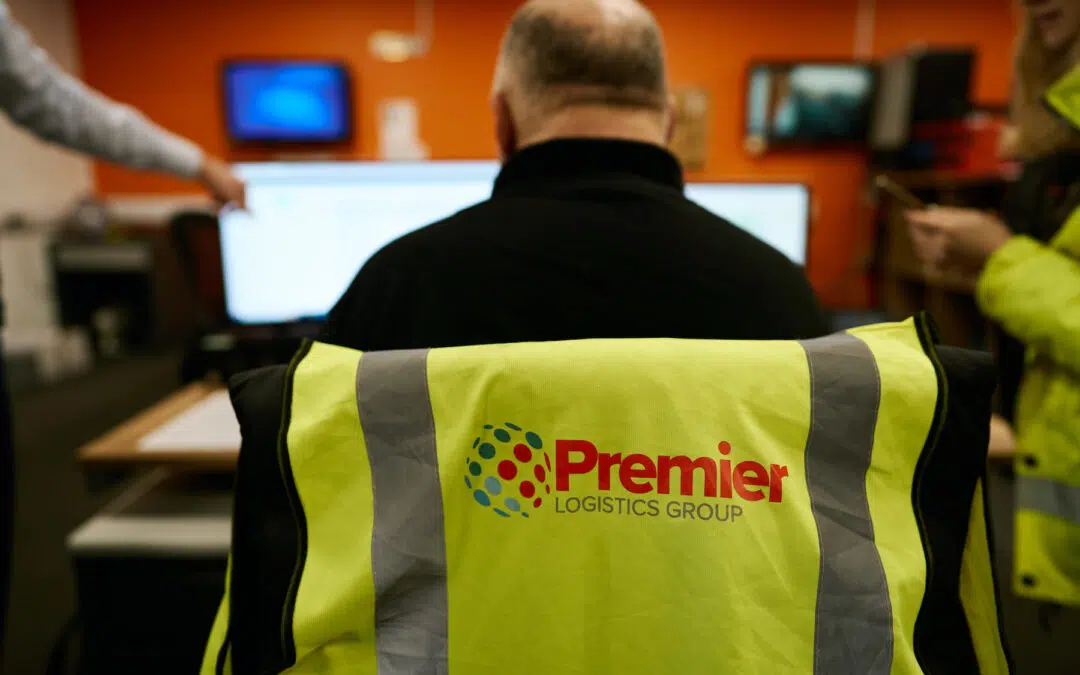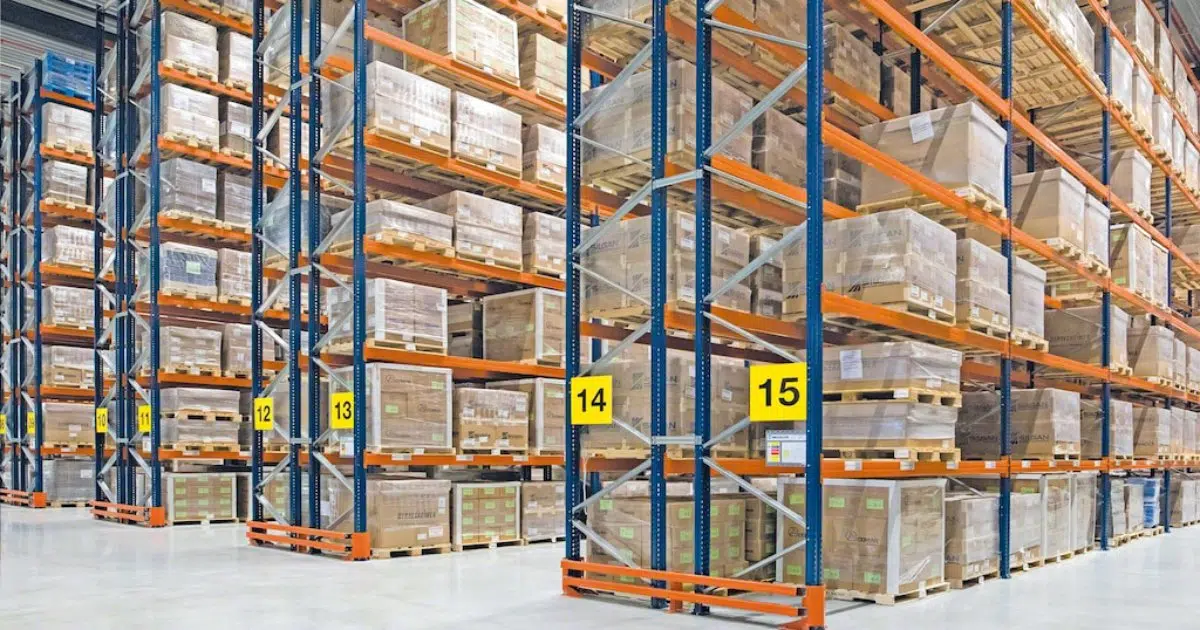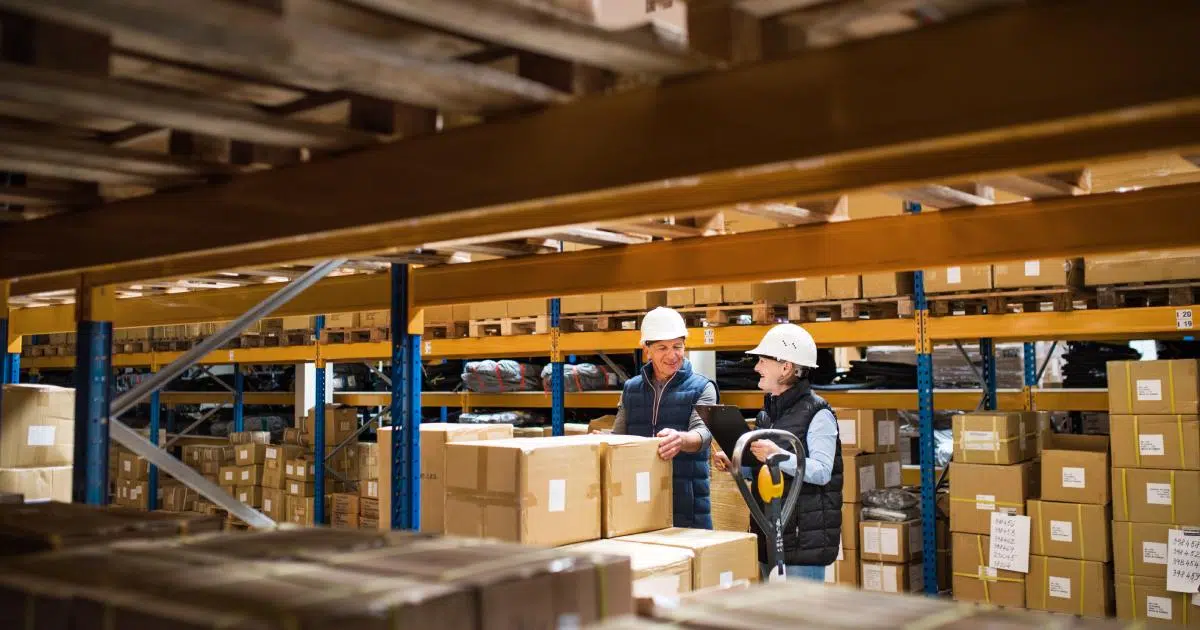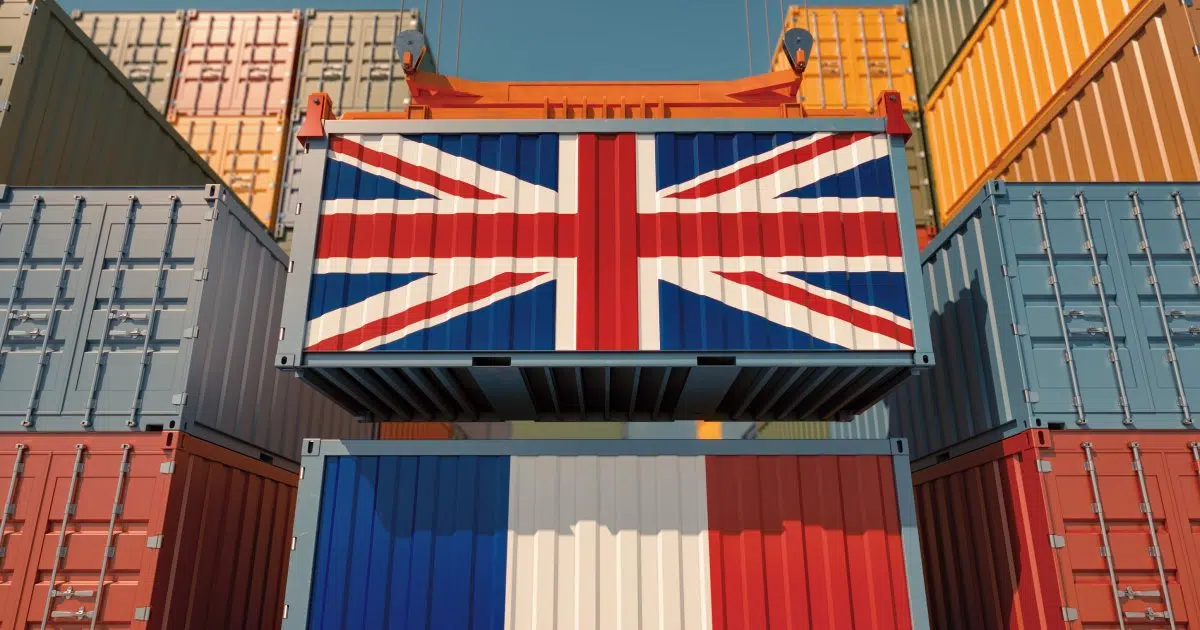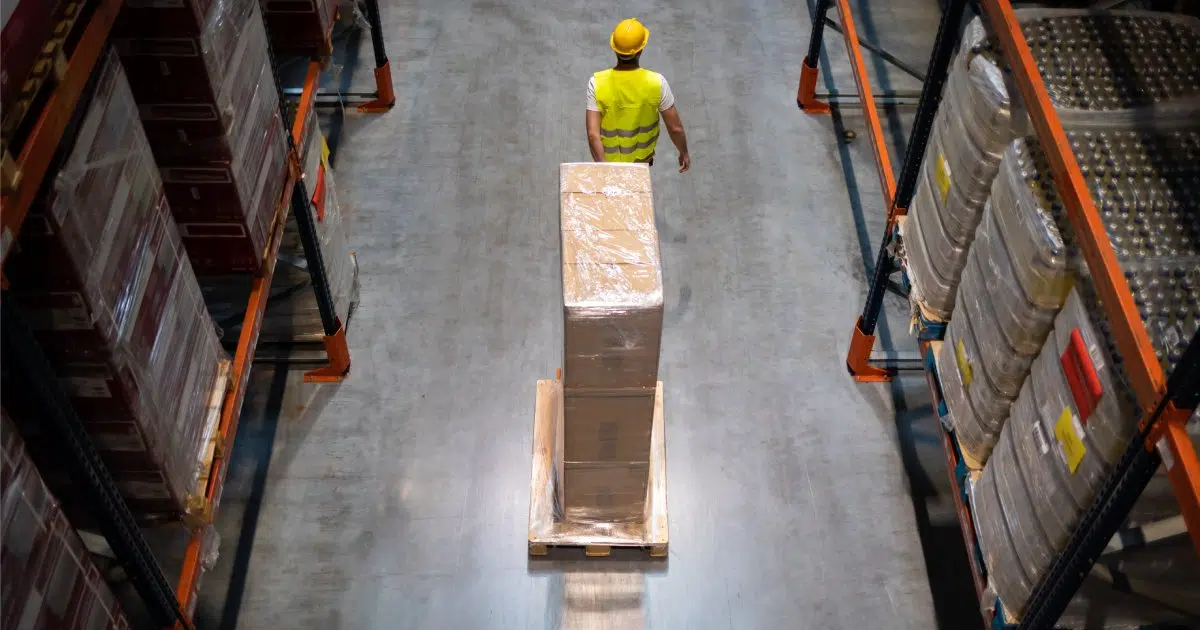Logistics and distribution can be a challenge across many industries such as manufacturing, retail, and healthcare.
For some businesses, logistics is seen as a minefield of challenges from achieving sustainability to meeting customers’ expectations. It’s essential for companies to succeed in these areas, which can be costly.
So, understanding how to reduce logistics costs is crucial in this competitive sector of business. Afterall, you want to invest your money into developing your products and staff, avoiding unnecessary spending in logistics due to a lack of expertise in this area.
Keeping logistics costs low in the UK in 2023 is important when it comes to enhancing your competitive edge. It comes into play when driving profitability, meeting customer expectations, strengthening supply chain resilience, embracing sustainability, navigating economic conditions, and adapting to changing consumer behaviour.
By focusing on cost optimisation in the logistics arena, companies can position themselves for success in business.
Contents
Reasons to investigate how to reduce logistics costs
Taking the time to look into how to reduce logistics costs is time well spent. Here are some of the benefits.
Sustainability
Environmental concerns and sustainability are increasingly important factors for businesses and consumers. Reducing logistics costs often goes hand in hand with improving sustainability efforts. By optimising transportation routes, reducing fuel consumption, and implementing efficient inventory management, companies can minimise their carbon footprint and contribute to a more sustainable future. In turn, this will help to reduce costs spent on logistics and distribution.
Customer expectations
In today’s fast-paced and digitally connected world, customers expect quick and cheap deliveries. They demand shorter delivery times, reliability, and transparent tracking capabilities. All while keeping costs reasonable! Meeting these expectations is crucial for customer satisfaction and loyalty. It’s not easy to meet these requirements yourself while reducing costs. Working with a logistics provider will help as they have the setup and expertise ready to go for you and your customers.
Supply chain resilience
The coronavirus pandemic highlighted the importance of a resilient supply chain. Companies need to be agile and adaptable to disruptions and challenges, such as border delays, capacity constraints, or price fluctuations. Therefore, cutting corners to save money could cause more trouble than it’s worth. Businesses can adjust logistics costs, by working with logistics providers to build a more robust and flexible supply chain. This will help to mitigate risks and ensure smoother operations.
Cost competitiveness
In a highly competitive market, cost reductions can give businesses a significant advantage, attracting customers and driving sales. So, if you’re able to lower your logistics costs, you’re then able to offer more competitive prices to your customers.
Economic factors
Economic conditions and market dynamics can impact logistics costs. Aspects such as fuel prices, labour costs, and regulatory changes can influence overall logistics expenses. You can navigate economic fluctuations more effectively if you are actively engaging with the logistics industry and keeping up to date with factors affecting it.
Profitability
When you reduce costs on logistics, you can spend what you save on more resources and innovation. And perhaps, eventually, expansion of your business. It may seem obvious, but lower costs directly contribute to improved margins, allowing businesses to retain more of their revenue.
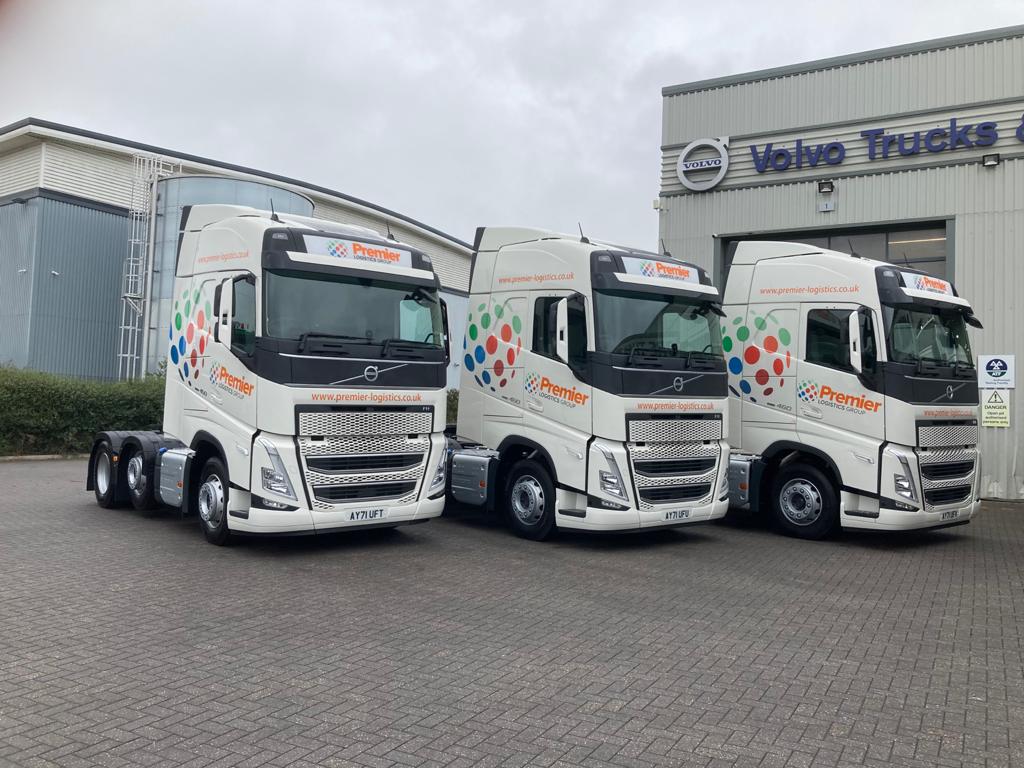
Tips on how to reduce logistics costs
Reducing logistics costs is a key objective for many companies and manufacturers. Keeping these costs low can lead to significant savings and increased competitiveness.
Here are some strategies to help achieve cost reductions in logistics.
Optimise transportation
Transportation costs usually make up a significant portion of logistics expenses. Companies can reduce these costs by optimising their transportation operations. This includes selecting the most efficient modes of transportation (e.g., rail, road, air, sea) based on cost and transit time. Consolidating shipments to maximise the use of containers and pallet distribution is also helpful. Furthermore, using the most efficient routes will minimise fuel consumption and distance travelled.
Improve inventory management
Efficient inventory management can lead to cost savings in logistics. Companies can reduce warehousing costs, minimise carrying costs, and avoid excessive inventory holding. This can be achieved through techniques such as just-in-time (JIT) inventory, accurate demand forecasting, implementing inventory control systems, and using real-time data to monitor stock levels.
Enhance warehouse efficiency
Streamlining warehouse operations can save time and money. Companies can use various strategies, including rearranging storage layout and design to minimise unnecessary movement and improve picking efficiency. They can also adopt warehouse management systems (WMS) to automate processes, implement barcode or Radio Frequency Identification (RFID) systems for accurate inventory tracking, and train employees to improve productivity.
Consolidate shipments
Consolidating shipments allows companies to combine multiple smaller shipments into larger ones, reducing transportation costs. By partnering with other businesses or using third-party logistics providers (3PLs), companies can share transportation resources. Benefits of these partnerships also include economies of scale and the negotiation of better freight rates. This approach is particularly effective for companies with regular, smaller deliveries.
Use technology and automation
Implementing technology and automation can enhance efficiency and reduce costs in logistics. For example, deploying transportation management systems (TMS) and warehouse management systems (WMS) can enhance operations. This can also help track shipments and provide real-time visibility. Automation solutions such as robotic process automation (RPA), conveyor systems, and autonomous vehicles can also improve productivity and reduce labour costs.
Optimise packaging
Packaging plays a crucial role in logistics costs. Using efficient packaging materials and designs can reduce transportation costs by maximising the use of containers and pallets. Therefore, minimising wasted space, and reducing the risk of damage. Additionally, lightweight packaging can help decrease distribution costs and improve sustainability.
Evaluate supplier relationships
Analysing supplier relationships can help identify opportunities for cost reduction. Collaborating closely with suppliers and evaluating their performance can lead to better terms, volume discounts, and more favourable pricing. Combining suppliers and negotiating long-term contracts can also contribute to cost savings.
Continuous improvement and data analysis
Regularly reviewing logistics processes and analysing data can reveal areas for improvement. By tracking key performance indicators (KPIs) and conducting data-driven analysis, companies can identify inefficiencies, bottlenecks, and cost-saving opportunities.
And finally…
Remember that each company’s logistics setup is unique. The effectiveness of these strategic ways to reduce logistics costs may vary.
It is essential to assess the specific needs and challenges of your organisation and tailor these approaches accordingly.

